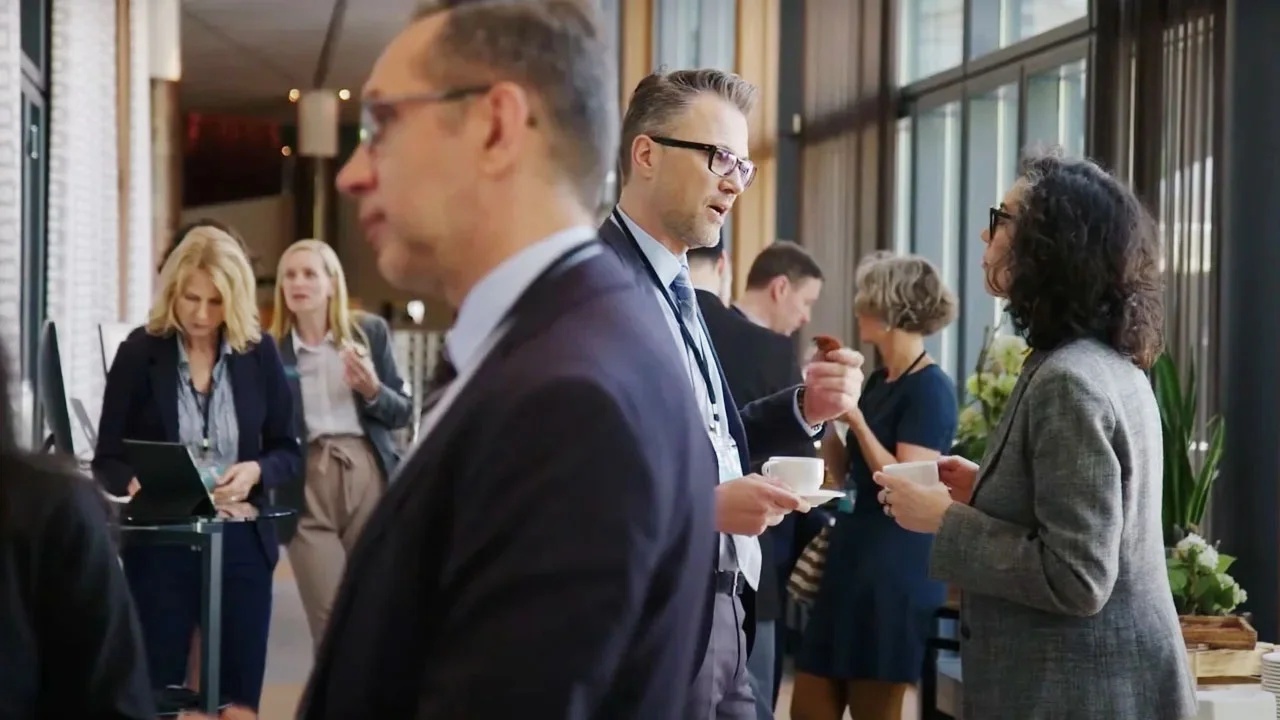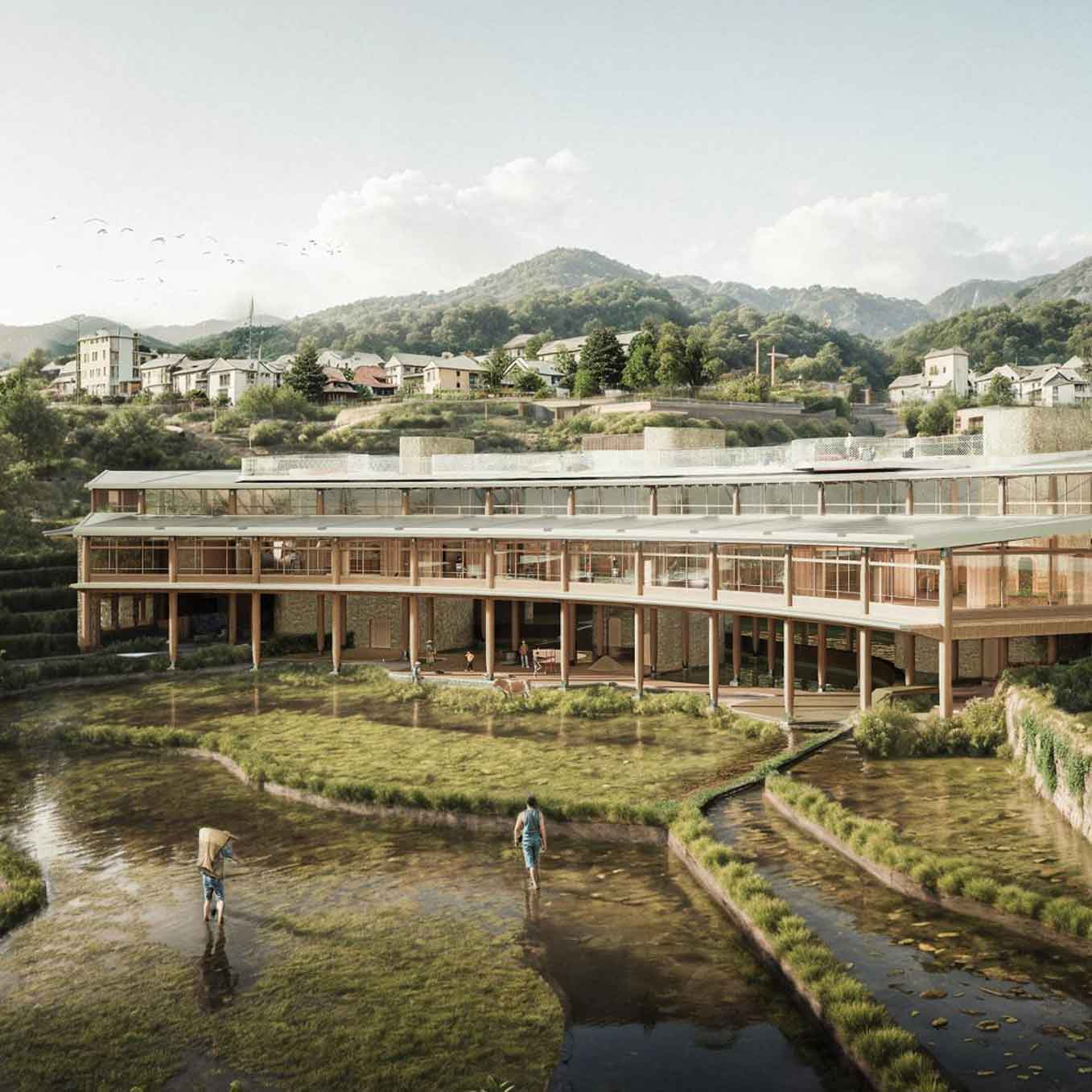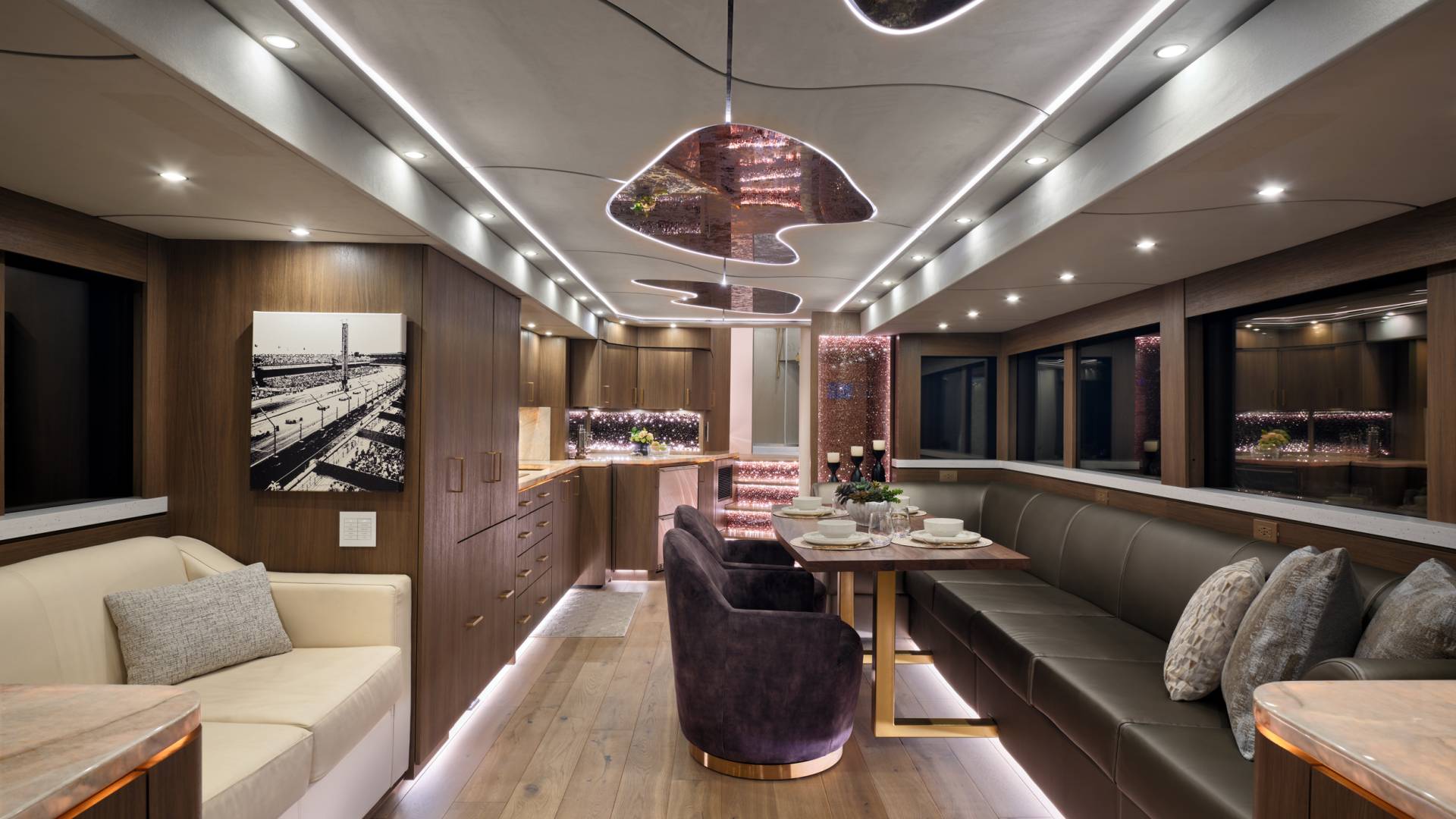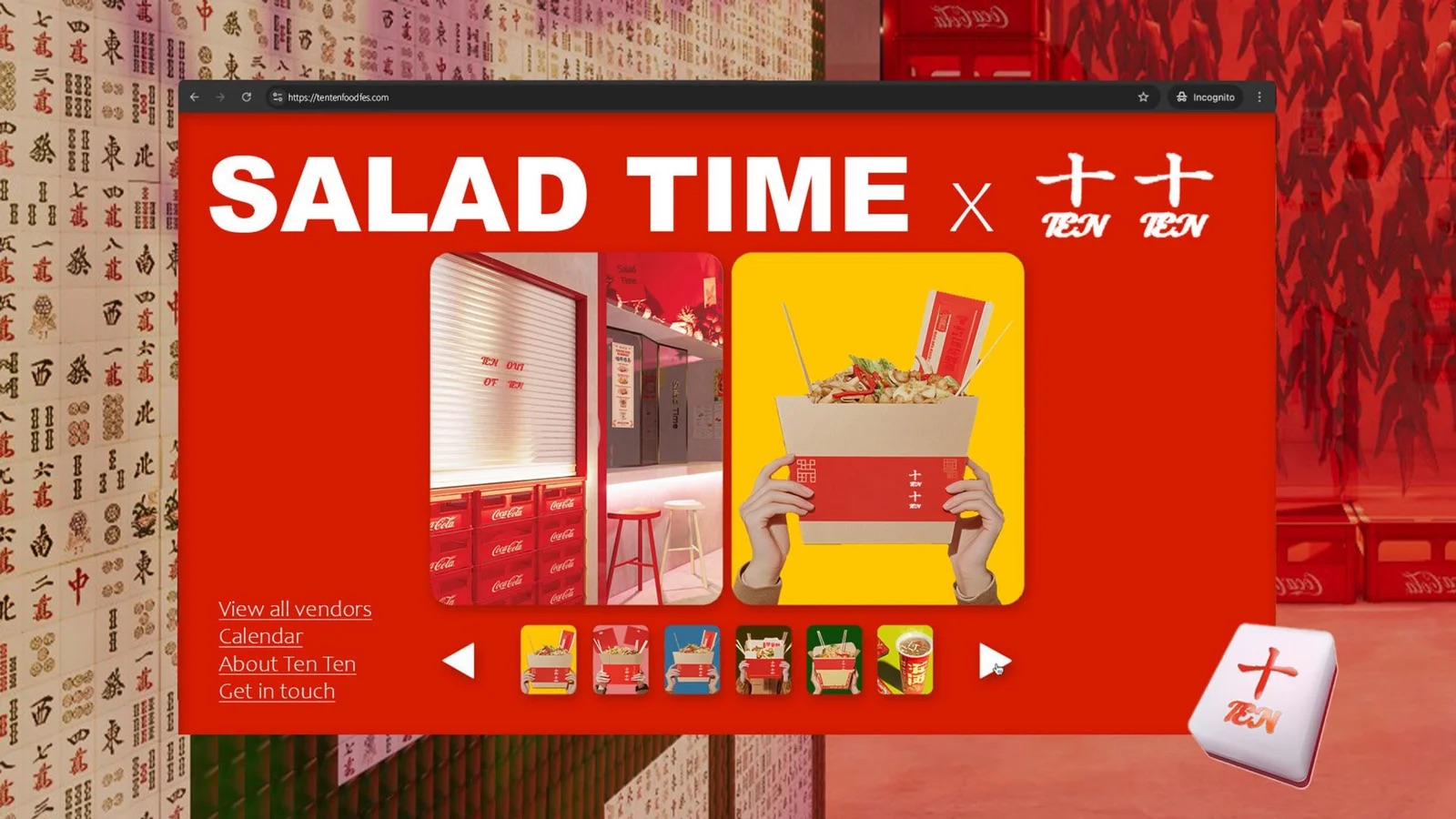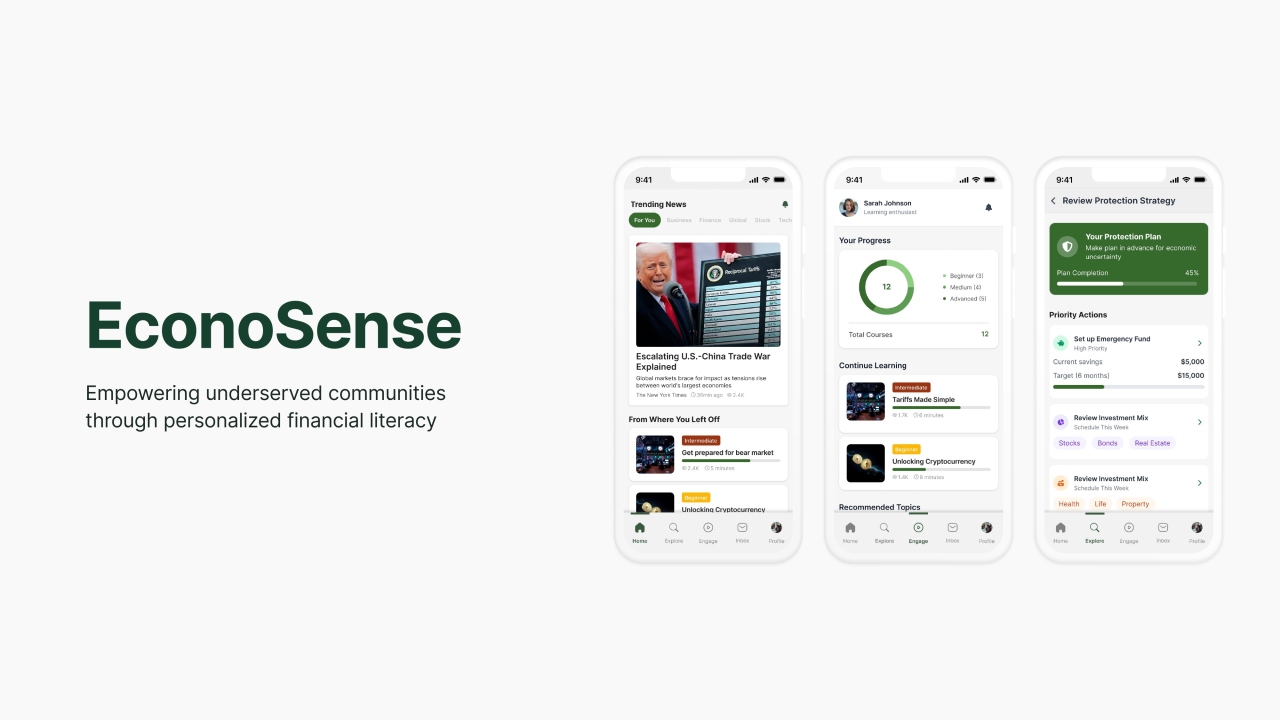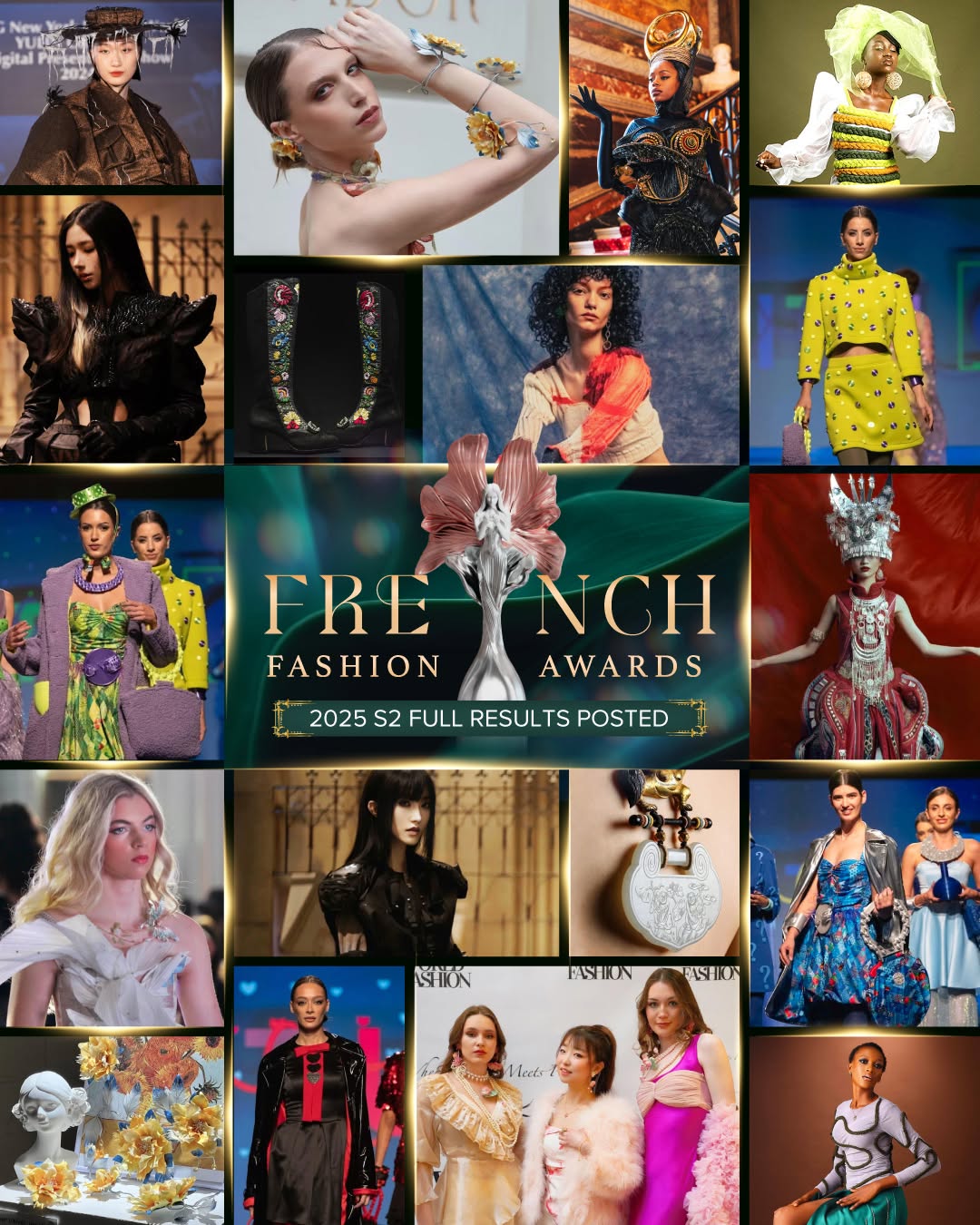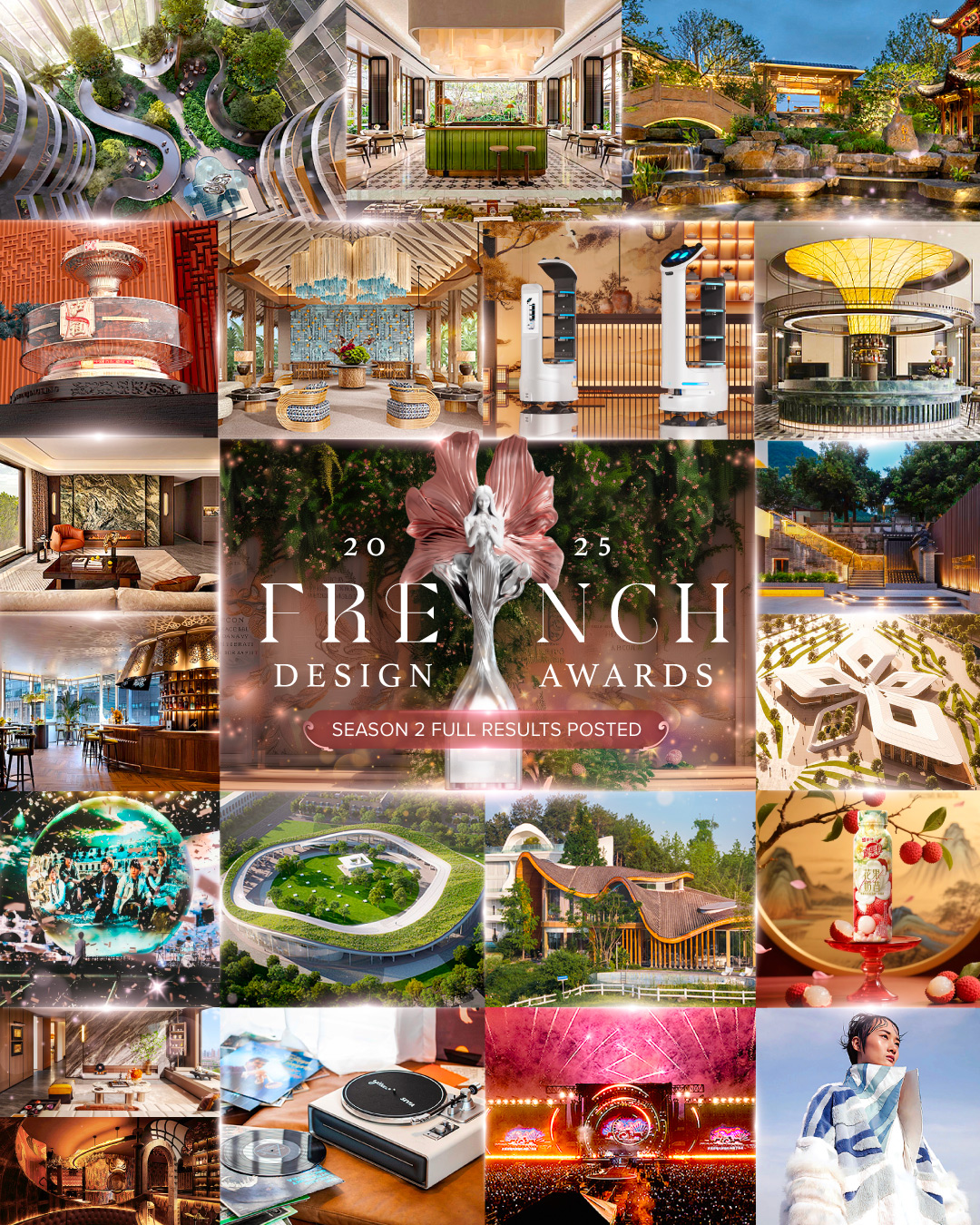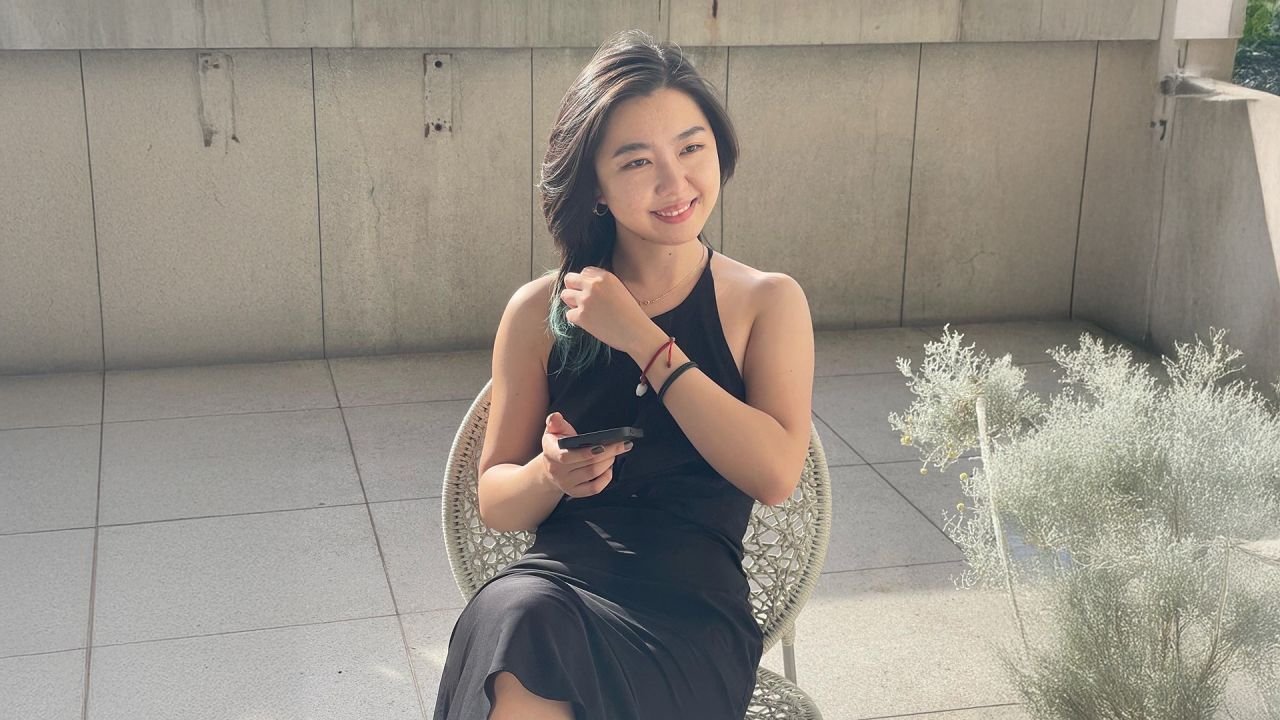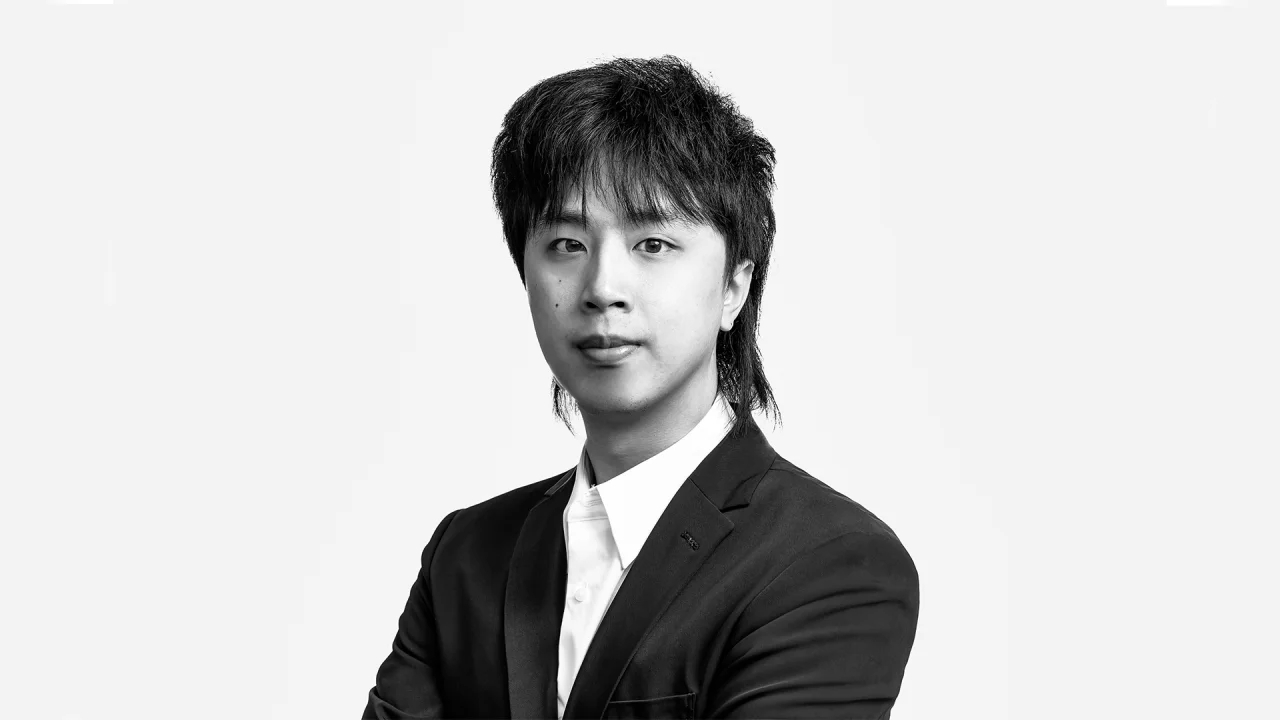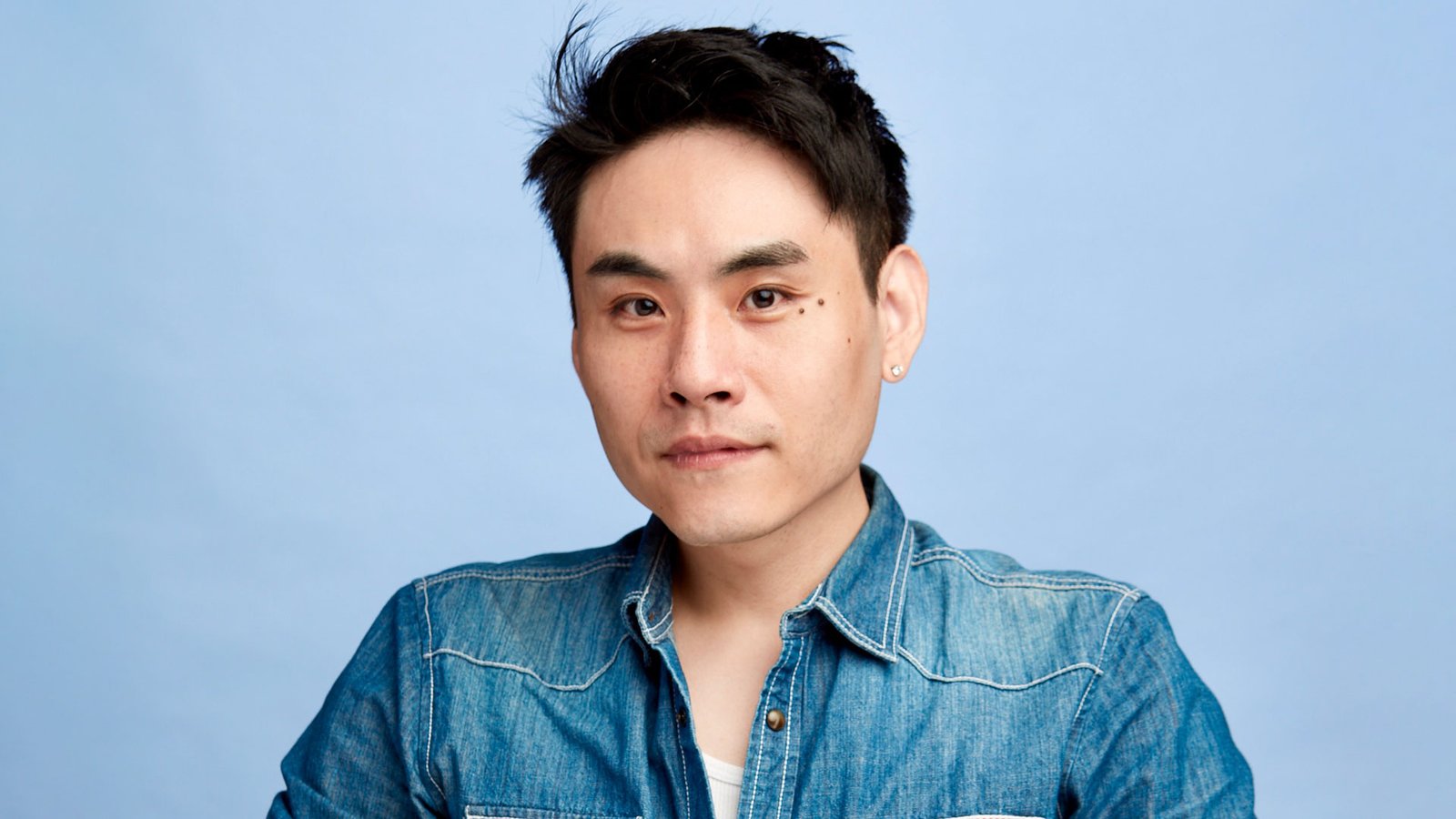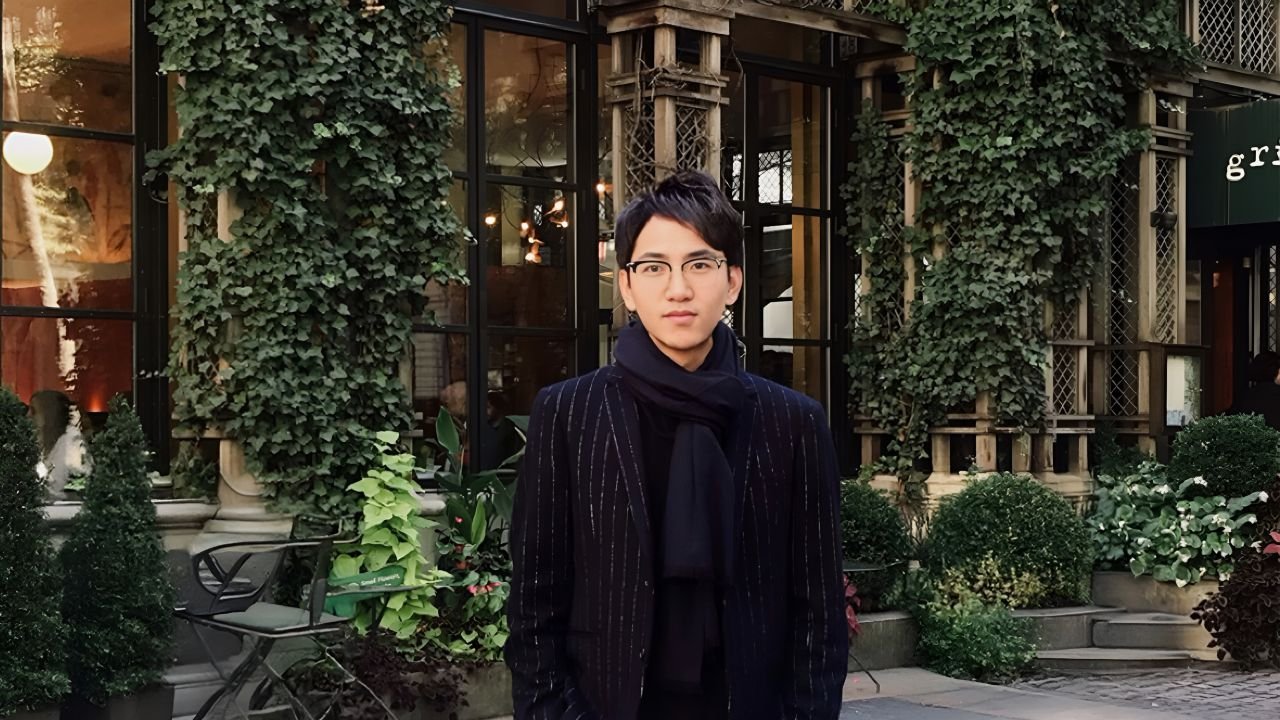Shaping Emotion Without Words – UX with Rochelle Ruixue Liu
Rochelle Ruixue Liu
Good design, for Rochelle Ruixue Liu, is about knowing what to leave out. Working at the intersection of UX, UI, and visual storytelling, she brings clarity and softness to the digital experience, believing in quiet elegance and the emotional impact of simplicity.
Hi! I'm Rochelle Ruixue Liu, and a UX/UI designer with a background in visual communication and interaction design, based in London. What inspired me to pursue design was a desire to make complex things feel intuitive and human. I was always drawn to how design can shape emotions and behaviour without saying a word — it’s like storytelling without a plot. I wanted to be a part of that.
It’s truly encouraging. As designers, we’re often heads-down in the process, iterating endlessly and questioning every detail. This recognition feels like a quiet but powerful reminder that those efforts resonate beyond the project — it gives me confidence to keep experimenting.
It has sparked conversations with people I wouldn’t have otherwise met — mentors, collaborators, and creative peers. It’s opened doors for visibility and strengthened my personal narrative as a designer who values empathy, storytelling, and thoughtful systems.
Experimentation is the only way I move forward creatively. I see it as structured play. For this award-winning project, I prototyped a sensory journey that blended sound and visual cues to evoke emotional familiarity in unfamiliar settings — it wasn’t in the brief, but it made the project come alive.
A laundromat in Tokyo. The repetitive sound and motion, mixed with soft lighting and quiet rituals of strangers, felt like the perfect metaphor for digital calm — it influenced a microinteraction design I was working on.
That good design often comes from restraint. It’s not about adding more — it’s about knowing what to leave out, and being okay with quiet elegance instead of loud visuals.
By deeply listening first. Then I look for alignment between their needs and the user’s emotional truth. I frame my ideas in terms of what it helps them achieve, not just what I believe is “right.” That often turns resistance into curiosity.
One big challenge was maintaining emotional authenticity in a digital format. I overcame it by anchoring the design in real human memories — conducting story-based user interviews and translating those insights into ambient UI gestures and tonal choices.
I go analogue — sketch, walk, cook. Or I immerse myself in a completely different art form, like cinema or poetry. Absorbing beauty from a different angle often shifts something in me.
Empathy, patience, and an appreciation for ambiguity. I grew up in a multilingual, multicultural environment — I’ve always been attuned to nuance, silence, and what’s not being said. That definitely shows up in my work.
Don’t aim for perfection — aim for honesty. Be open to changing your mind. And don’t underestimate how much your soft skills will shape your design career.
Probably Kenya Hara. His work reminds me that simplicity can be profoundly poetic. I’d love to explore how his thinking could be translated into digital and interactive experiences.
I wish more people asked: “What feeling did you want to leave behind?” Because that’s what I think about most — not just how it looks or works, but how someone will feel after engaging with it.
Winning Entry
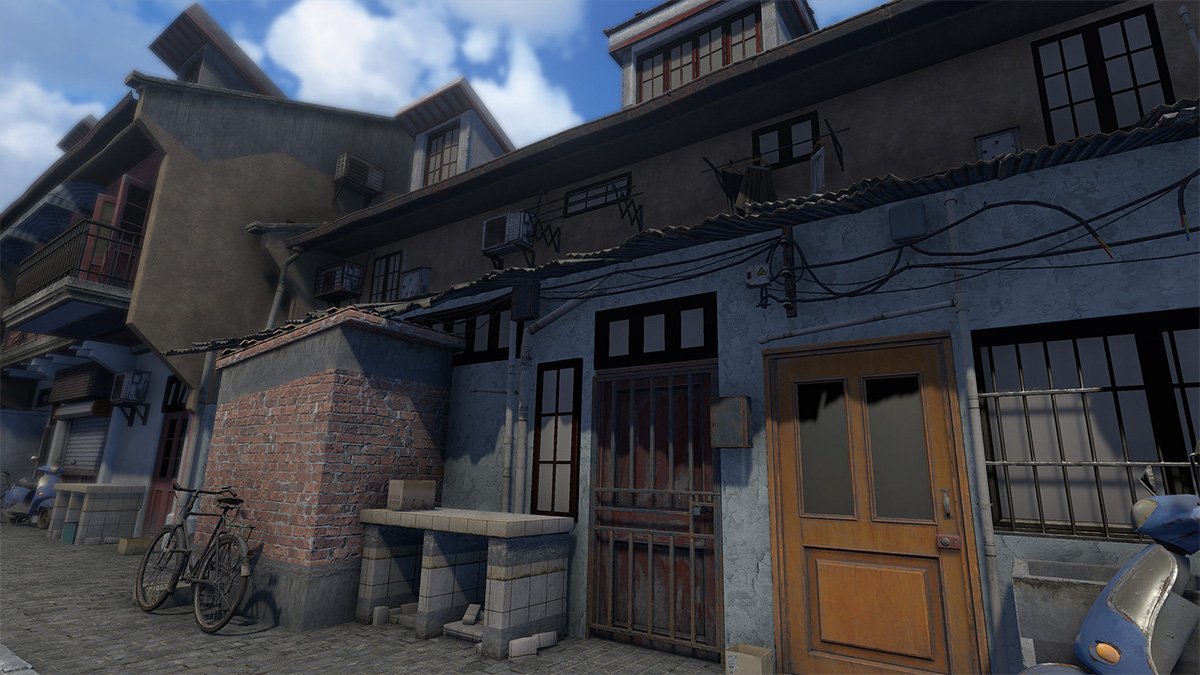
Read more design insights on Turning Inner Worlds into Objects: Designs from Sigma Gustin here.
